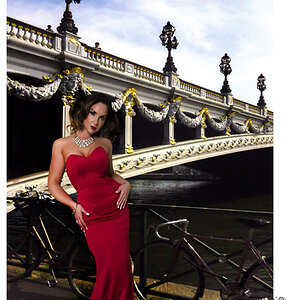timor
Been spending a lot of time on here!
- Joined
- Feb 28, 2011
- Messages
- 5,905
- Reaction score
- 890
- Location
- Toronto ON
- Can others edit my Photos
- Photos NOT OK to edit
How many rolls of this Arista you still have ? Cutting film in half is not bad idea. I am bulk loading and never cut bigger pieces than 18 frames. 18 is already a lot. 
On the other hand I am starting to be acutely aware of shortcomings of home brand films. My Legacypro 100 I mention before blaming my Cosina for developing light leaks in the cold weather is also home brand. No way my camera is guilty, the light leaks came from the factory (Japanese one). I sealed the camera with 5 layers of tape and yet 4 frames in the middle of the strip are showing streaks. They are all together, starting in the half of one frame, going thru 2 frames and ending in the half of the fourth frame. The rest of the film is just fine. The only thing to do is to move on.
On the other hand I am starting to be acutely aware of shortcomings of home brand films. My Legacypro 100 I mention before blaming my Cosina for developing light leaks in the cold weather is also home brand. No way my camera is guilty, the light leaks came from the factory (Japanese one). I sealed the camera with 5 layers of tape and yet 4 frames in the middle of the strip are showing streaks. They are all together, starting in the half of one frame, going thru 2 frames and ending in the half of the fourth frame. The rest of the film is just fine. The only thing to do is to move on.



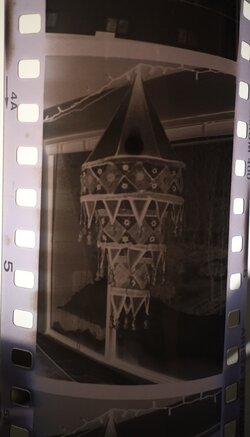
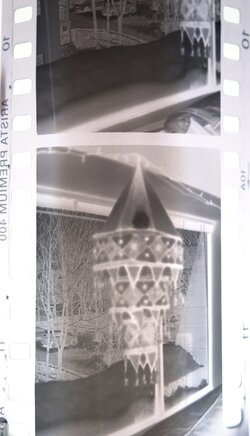
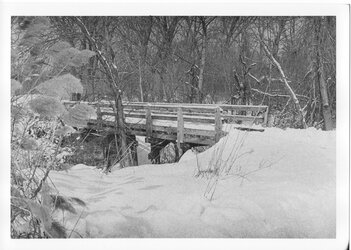
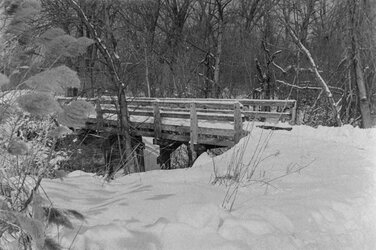

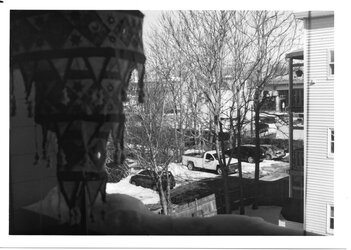
![[No title]](/data/xfmg/thumbnail/37/37634-504722605a418b398f3cd1dbabf936e5.jpg?1619738156)
![[No title]](/data/xfmg/thumbnail/37/37636-e02c7efccb426a8951ed97a37c0f9307.jpg?1619738157)
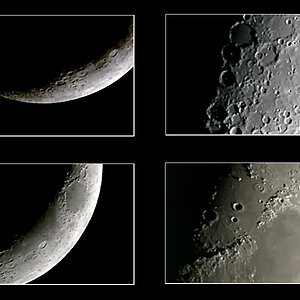
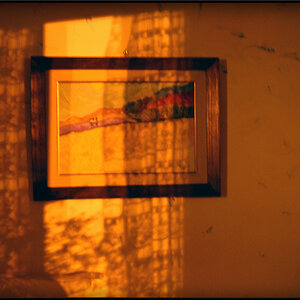


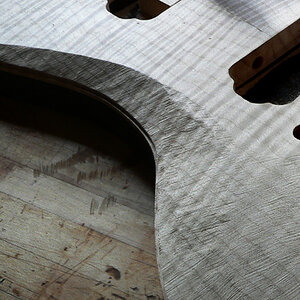
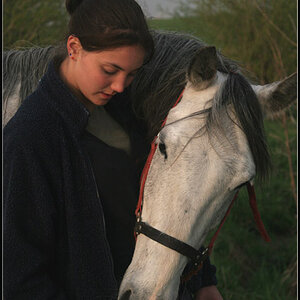
![[No title]](/data/xfmg/thumbnail/36/36393-86ce601930c671b92b6df002b7fcbd0b.jpg?1619737548)
![[No title]](/data/xfmg/thumbnail/37/37633-94737d4436dff45b827dcc332ff7fba9.jpg?1619738156)

